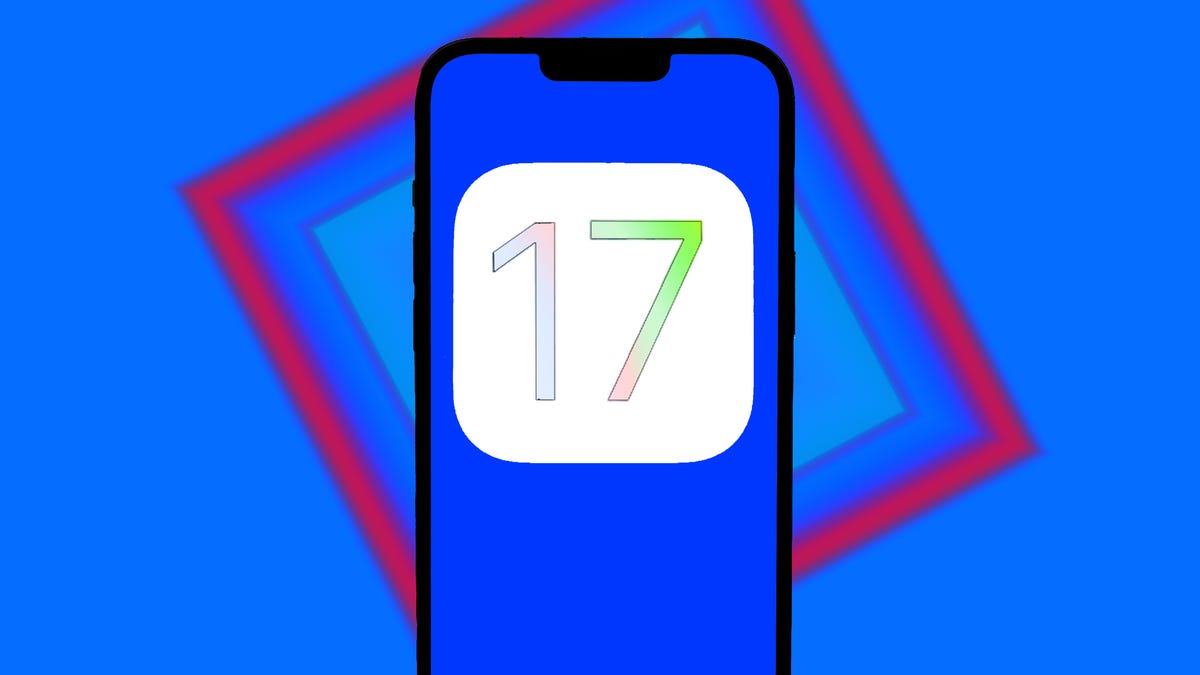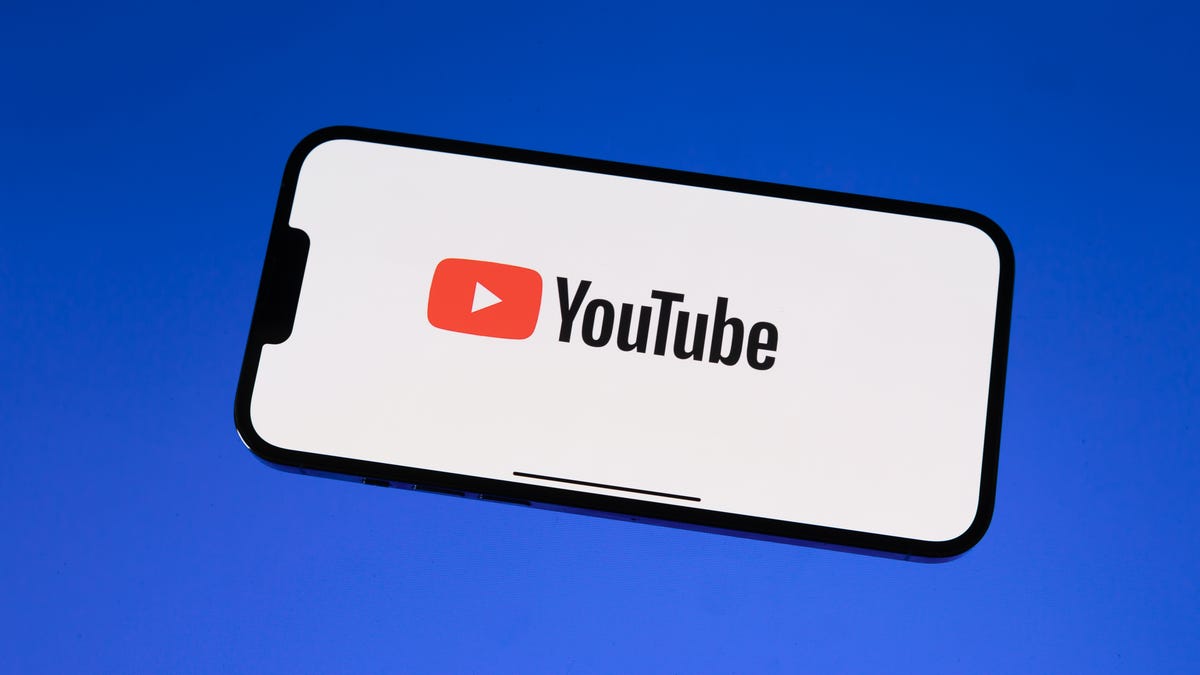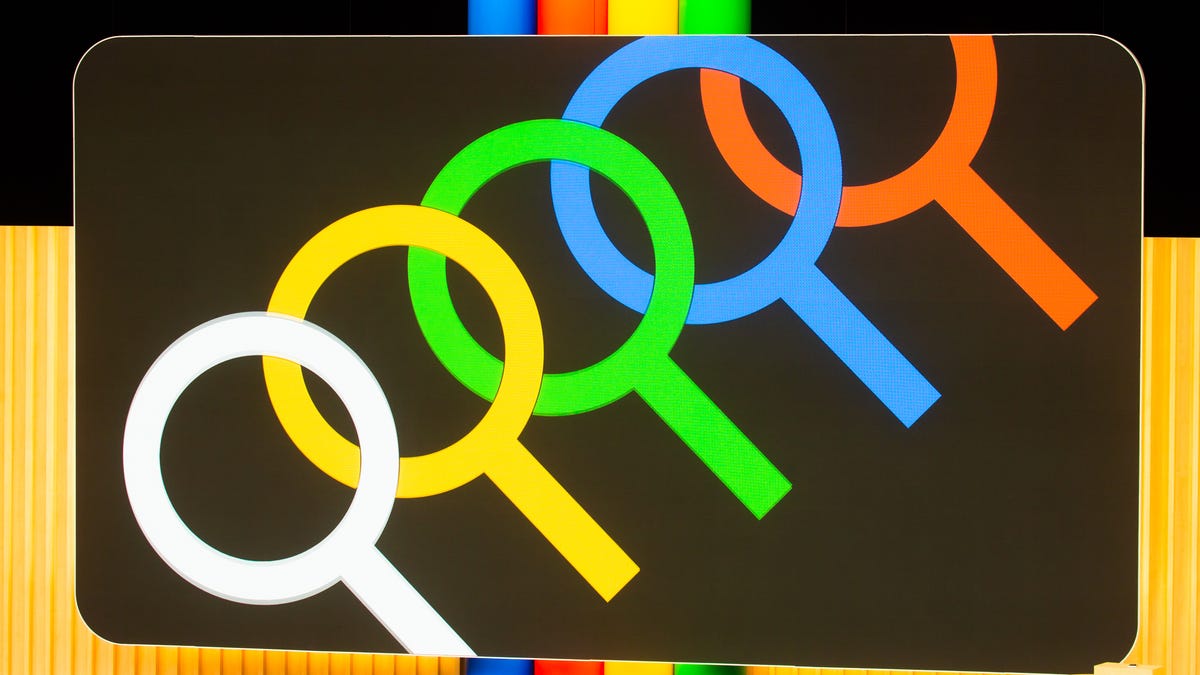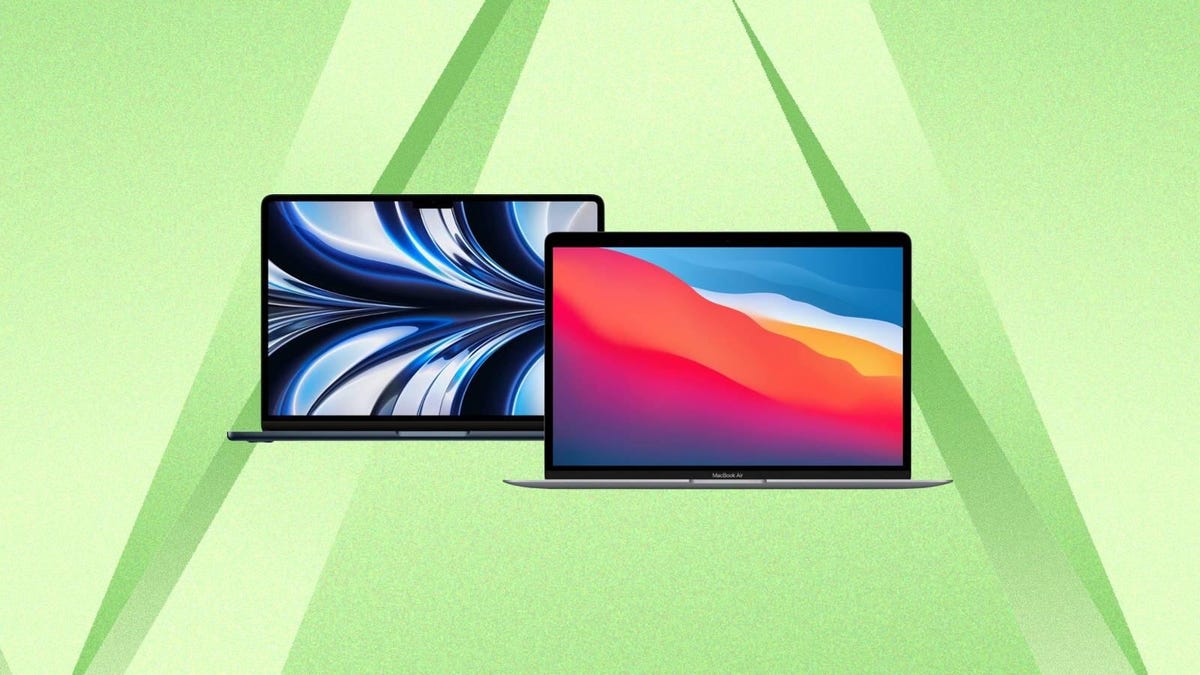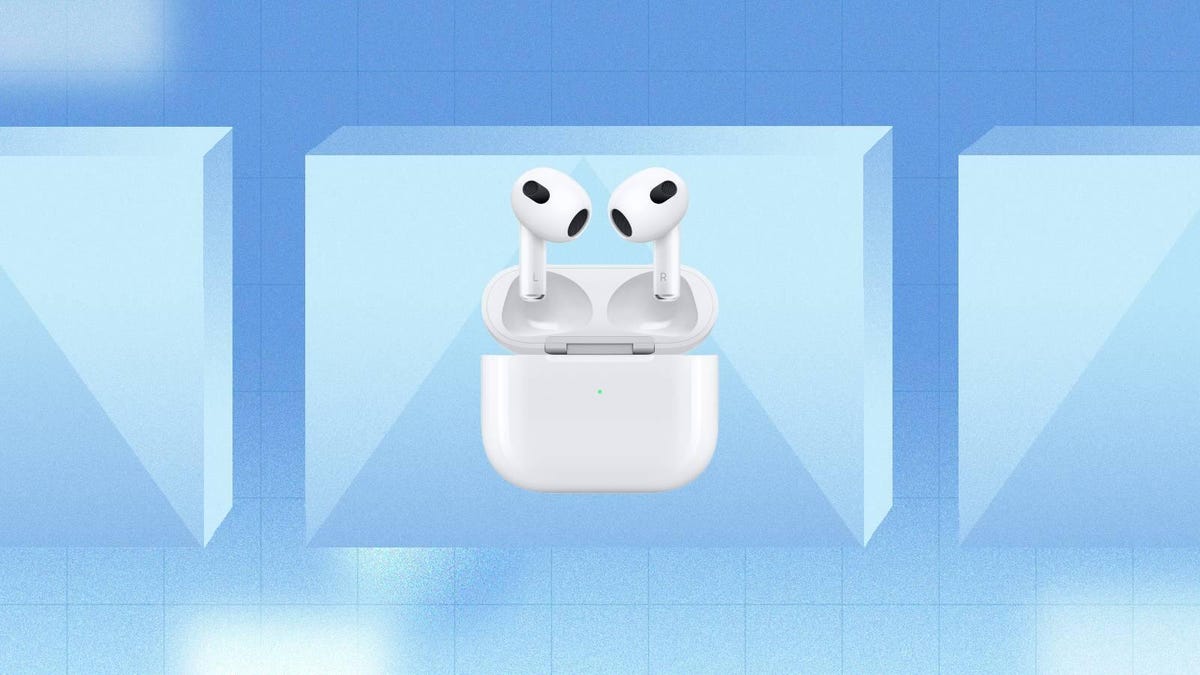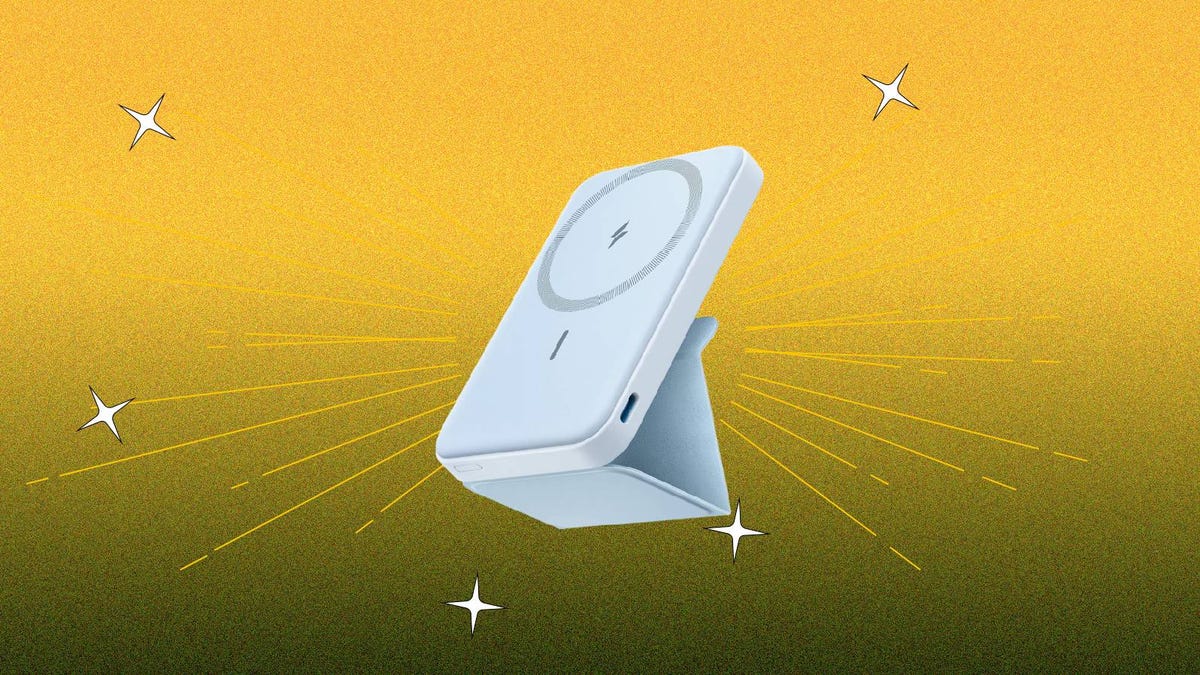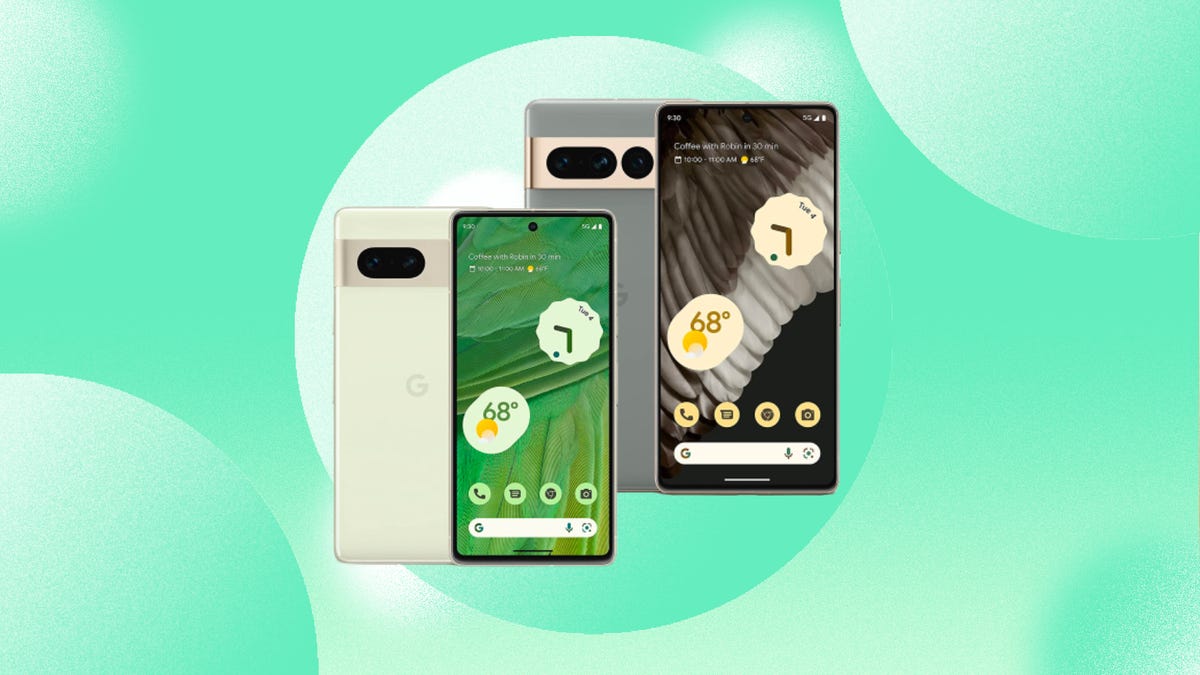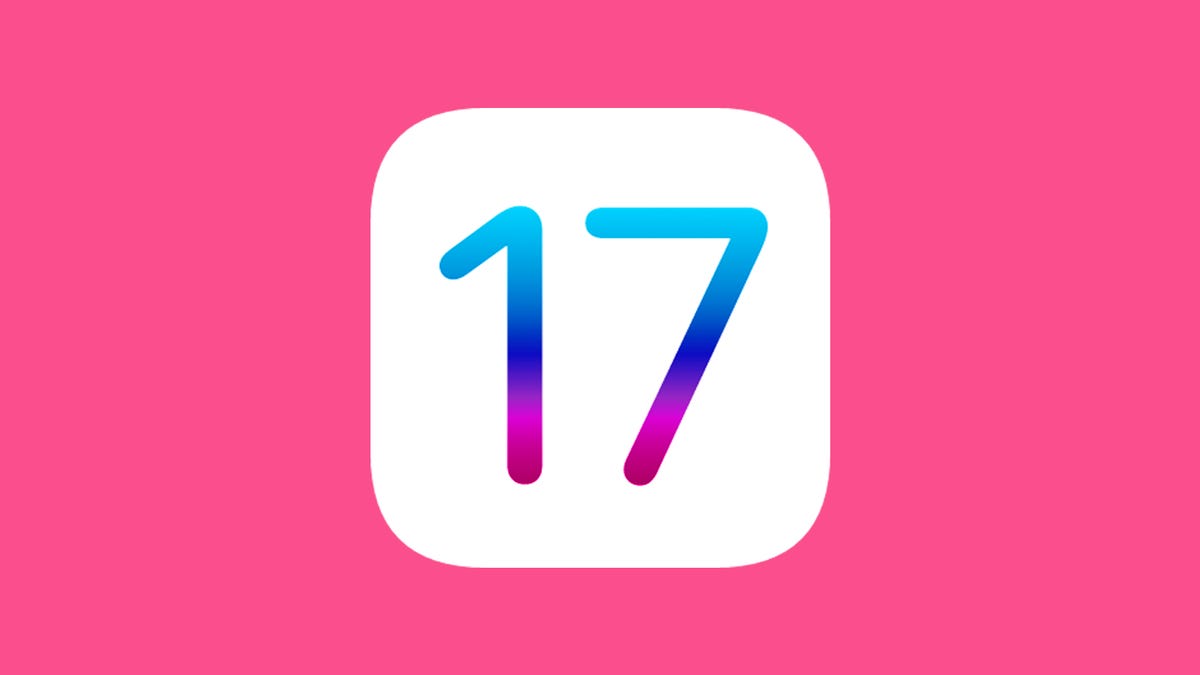Lionel Messi’s Inter Miami head north tonight to take on Philadelphia Union, with a place in the Leagues Cup final at stake for the winner.
The Argentine forward comes into this clash having so far lived up to his superstar billing, notching up an impressive eight goals and one assist since joining the MLS side from Paris Saint-Germain in June. Subscriptions to Apple’s MLS Season Pass have reportedly doubled since the World Cup winner arrived in south Florida.
Tuesday’s fixture looks set to be Messi’s toughest test yet since making his Stateside switch, however, as Miami prepare to face a Philadelphia side that finished last season atop the Eastern Conference and as MLS Cup runners-up.
Philadelphia edged past Mexican side Querétaro with a 2-1 win to set up this evening’s fixture, while Miami reached the semifinals after a resounding 4-0 win over Charlotte last week.
The winner of tonight’s game will face either Monterrey or Nashville SC in the inaugural final of this new cross-border knockout tournament on Saturday.
Kickoff for Tuesday’s match is set for 7 p.m. ET (4 p.m. PT) and will stream on Apple TV’s MLS Season Pass. Here’s everything you need to know on how to watch.
Lionel Messi’s next game: Where and when is Philadelphia Union vs. Inter Miami CF?
This Leagues Cup fixture is set to take place at Subaru Park in Chester, Pennsylvania, on Tuesday, Aug. 15. Kickoff is at 7 p.m. ET, 4 p.m. PT in the US and Canada. That makes it a 12 a.m. BST start in the UK and a 9 a.m. AEST kickoff in Australia on Wednesday morning.
How can I watch Messi’s MLS and Leagues Cup games?
Apple TV now has a 10-year deal with Major League Soccer and is the exclusive broadcaster of every MLS game in the 2023 season, plus Leagues Cup fixtures, in most parts of the world via its MLS Season Pass service.
That means you’ll need an Apple TV Plus or MLS Season Pass subscription to watch this game live.
In the US, MLS Season Pass costs $13 a month or $79 for the season if you’re already a subscriber to the Apple TV Plus streaming service. If you don’t subscribe to Apple TV Plus, the MLS Season Pass costs $15 a month or $99 for the season.
MLS Season Pass subscriptions are also available in more than 100 other countries, including Canada, Mexico, the UK and Australia. For prices outside the US, check here.
Read more: MLS Season Pass on Apple TV: How to Watch Major League Soccer in 2023
You can watch the games on any device that has the Apple TV app, including TVs, phones, tablets and computers. This includes iPhones, iPads, Apple TVs and Macs, as well as smart TVs and streaming devices that run the Roku, Amazon Fire TV, Android TV and Google TV platforms.
If you have a game console, there’s an Apple TV app for Microsoft’s Xbox One and Xbox Series S and X, and Sony’s PlayStation 4 and PS5. Recent TVs from Samsung, LG, Sony and Vizio also have Apple TV apps. More details on supported devices can be found on Apple’s site.
Though Apple doesn’t have Apple TV apps for Android phones and tablets or Windows computers, it does let you stream its shows and MLS games using a web browser by going to tv.apple.com.
How to watch Philadelphia Union vs. Inter Miami online from anywhere using a VPN
While MLS Season Pass is available in most parts of the world, there are some exceptions. If you find yourself in a country where you’re unable to view either service locally, you may need a different way to watch Messi play — that’s where using a VPN can come in handy. A VPN is also the best way to encrypt your traffic to stop your ISP from throttling your speeds on game day, and it’s a great idea if you’re traveling and find yourself connected to a Wi-Fi network and you want to add an extra layer of privacy for your devices and logins.
With a VPN, you’re able to virtually change your location on your phone, tablet or laptop to get access to the game. Most VPNs, like our Editors’ Choice, ExpressVPN, make it really easy to do this.
Using a VPN to watch or stream live sports events is legal in any country where VPNs are legal, including the US, UK and Australia, as long as you have a legitimate subscription to the service you’re streaming. You should be sure your VPN is set up correctly to prevent leaks: Even where VPNs are legal, the streaming service may terminate the account of anyone it deems to be circumventing correctly applied blackout restrictions.
Looking for other options? Be sure to check out some of the other great VPN deals taking place right now.
Quick tips for streaming Philadelphia Union vs. Inter Miami using a VPN
- With four variables at play — your ISP, browser, video streaming provider and VPN — your experience and success when streaming this match live may vary.
- If you don’t see your desired location as a default option for ExpressVPN, try using the “search for city or country” option.
- If you’re having trouble getting the game after you’ve turned on your VPN and set it to the correct viewing area, there are two things you can try for a quick fix. First, log in to your streaming service subscription account and make sure the address registered for the account is an address in the correct viewing area. If not, you may need to change the physical address on file with your account. Second, some smart TVs, like Roku, don’t have VPN apps you can install directly on the device itself. Instead, you’ll have to install the VPN on your router or the mobile hotspot you’re using (like your phone) so that any device on its Wi-Fi network now appears in the correct viewing location.
- All the VPN providers we recommend have helpful instructions on their main site for quickly installing the VPN on your router. In some cases with smart TV services, after you install a cable network’s sports app, you’ll be asked to verify a numeric code or click a link sent to your email address on file for your smart TV. This is where having a VPN on your router will also help, since both devices will appear to be in the correct location.
- And remember, browsers can often give away a location despite using a VPN, so be sure you’re using a privacy-first browser to log in to your services. We normally recommend Brave.




